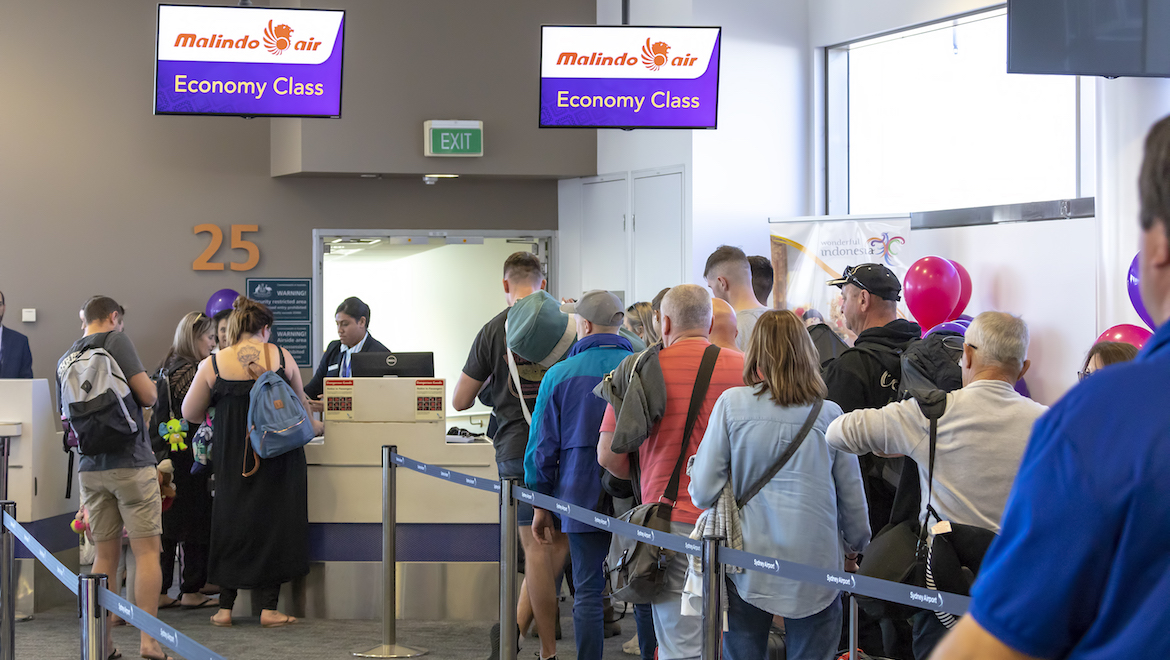
Airports Council International’s (ACI) latest World Airport Traffic Report says about 8.8 billion passengers passed through airports in calendar 2018, up 6.4 per cent a year ago.
The report, released on Monday, also said the world’s airports accommodated 122.7 million metric tonnes of cargo and almost 100 million aircraft movements.
ACI said that in spite of uncertainty affecting major economies, passenger traffic had remained resilient after growth moderated slightly compared with 2017.
Meanwhile, the data showed there has been subdued growth in the first half of 2019, with a moderate increase of 3.6 per cent year-on year recorded for the first six months. The latest figures represented a 5.8 per cent compounded average annual growth rate increase since 2010.
On the flip side, cargo volume rose 3.4 per cent in calendar 2018.
However, in the first half of 2019 cargo contracted 3.2 per cent compared with the previous corresponding period.
“A resolution to the trade disputes will help put aviation markets back on track,” ACI World director general Angela Gittens said in a statement.
In 2018, advanced economies accounted for 52.8 per cent of global passenger traffic with an annual growth rate in the past year of 4.8 per cent. By contrast, the growth in emerging markets was nearly twice that rate at 8.3 per cent.
The Asia Pacific region accounted for 3.3 billion passengers through airports, up 8.1 per cent from 2017 and the highest volume for any region. In comparison, Africa accounted for 214 million passengers but this growth was up 9.4 per cent on the previous corresponding period.
Europe’s passenger traffic came in behind Asia Pacific at 2.4 billion passengers (up 6.4 per cent year-on-year), followed by two billion for North America (up five per cent), the Latin America-Caribbean region with 651 million passengers (up five per cent) and the Middle East, 396 million passengers (up 0.7 per cent).
Gittens said protectionist policies, a slowing global economy and geopolitical tensions presented the most pressing downside risks in the near-term for continued growth. Physical capacity considerations and potential bottlenecks in air transport infrastructure also continued to pose challenges in accommodating future demand.
“Protectionist rhetoric, fuelled by isolationist policies has swept several major economies in recent times and this has translated into a dismantling of established open trade relationships and regimes, “ Gittens said.
“Because aviation has strong links to the global economy and to local development through commerce and tourism, these new barriers may restrain the efficient flow of people, goods and services; air transport very much relies on open markets to grow.
Highest volume airports
The airport traffic report said the top three airports for passenger traffic volume were Hartsfield-Jackson Atlanta International Airport (107.4 million), Beijing Capital International Airport (101 million), and Dubai International Airport respectively (89.1 million). Los Angeles International Airport (87.5 million), in fourth place, and Tokyo International Airport (86.9 million), fifth, had swapped places in the top five.
“Collectively, these airports achieved a year-over-year passenger traffic growth of 5.1 per cent in 2018, which is significant considering a large proportion of these airports are in the mature and capacity constrained markets of North America and Europe,” Gittens said.
Australia’s largest airport by passenger numbers was Sydney Airport, which handled 44.4 million passengers in calendar 2018.
As many as 12 of the fastest-growing top 30 airports in 2018 were located in either China or India.
The number of airports handling more than 40 million passengers annually had risen from 16 in 2008 to 54 today the report said.
Forecast
ACI’s global medium-term forecast showed almost 30 per cent growth in passenger numbers from 2018 to 2023.
Over the longer term, passenger traffic worldwide was expected to double in 17 years and projected to grow at an annualised rate of 4.1 per cent reaching 20.9 billion by 2040, it said.












